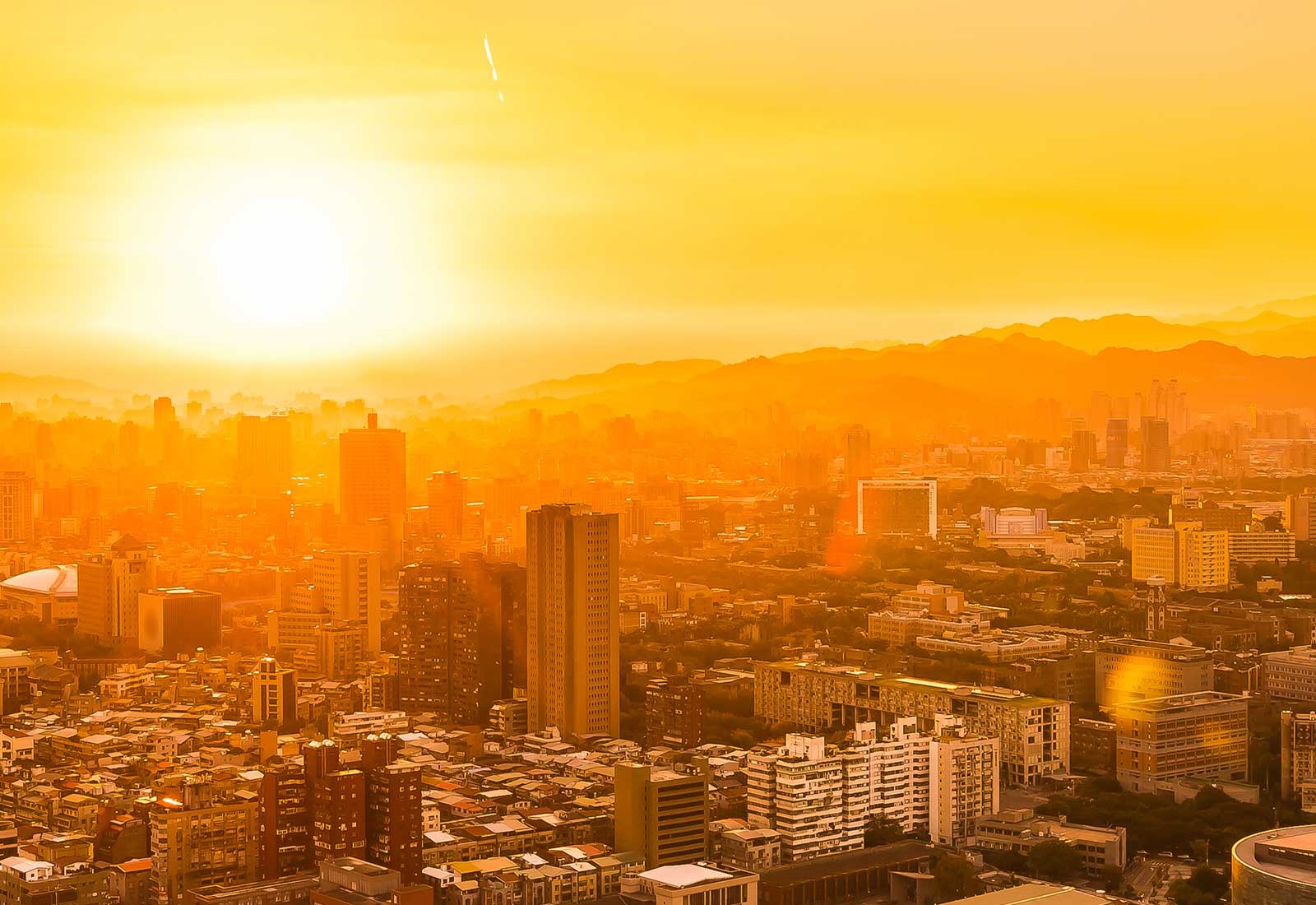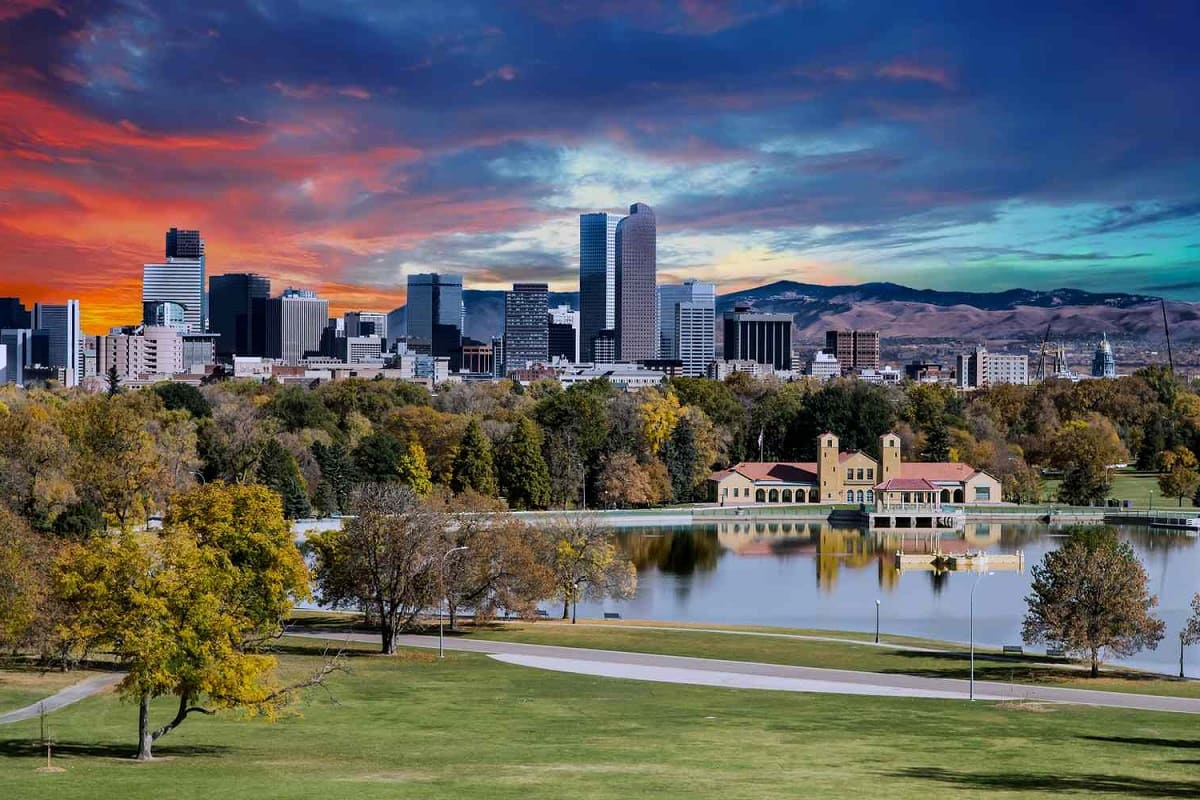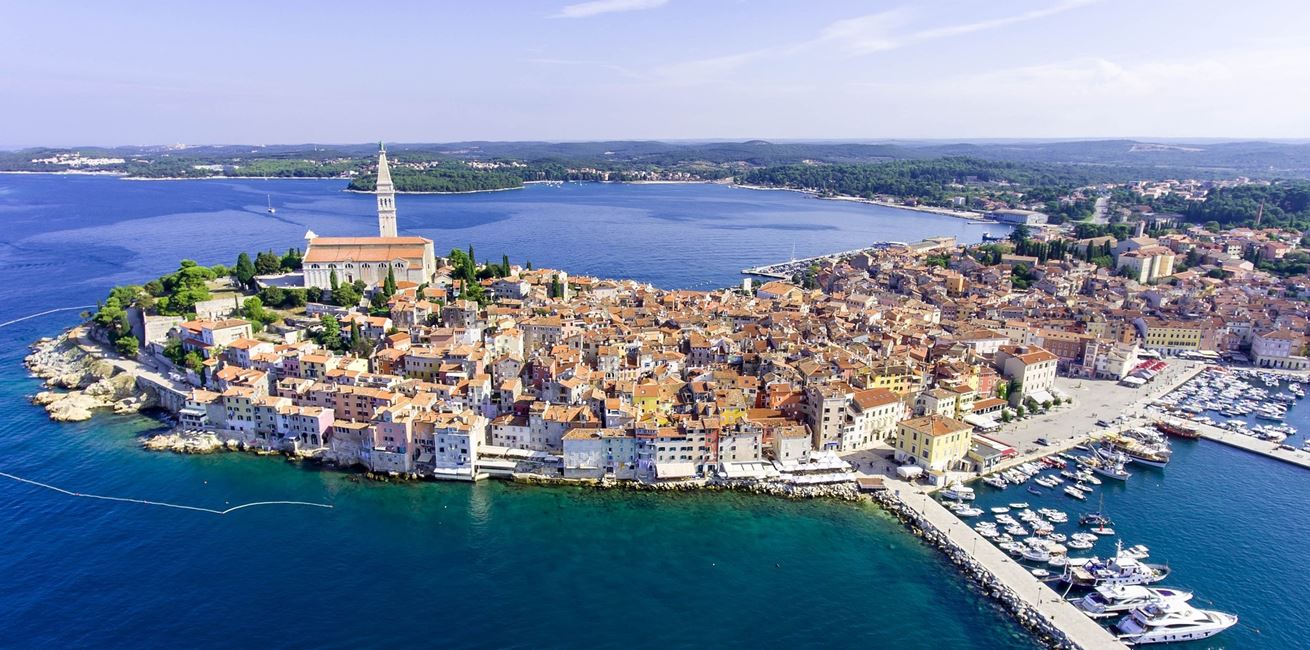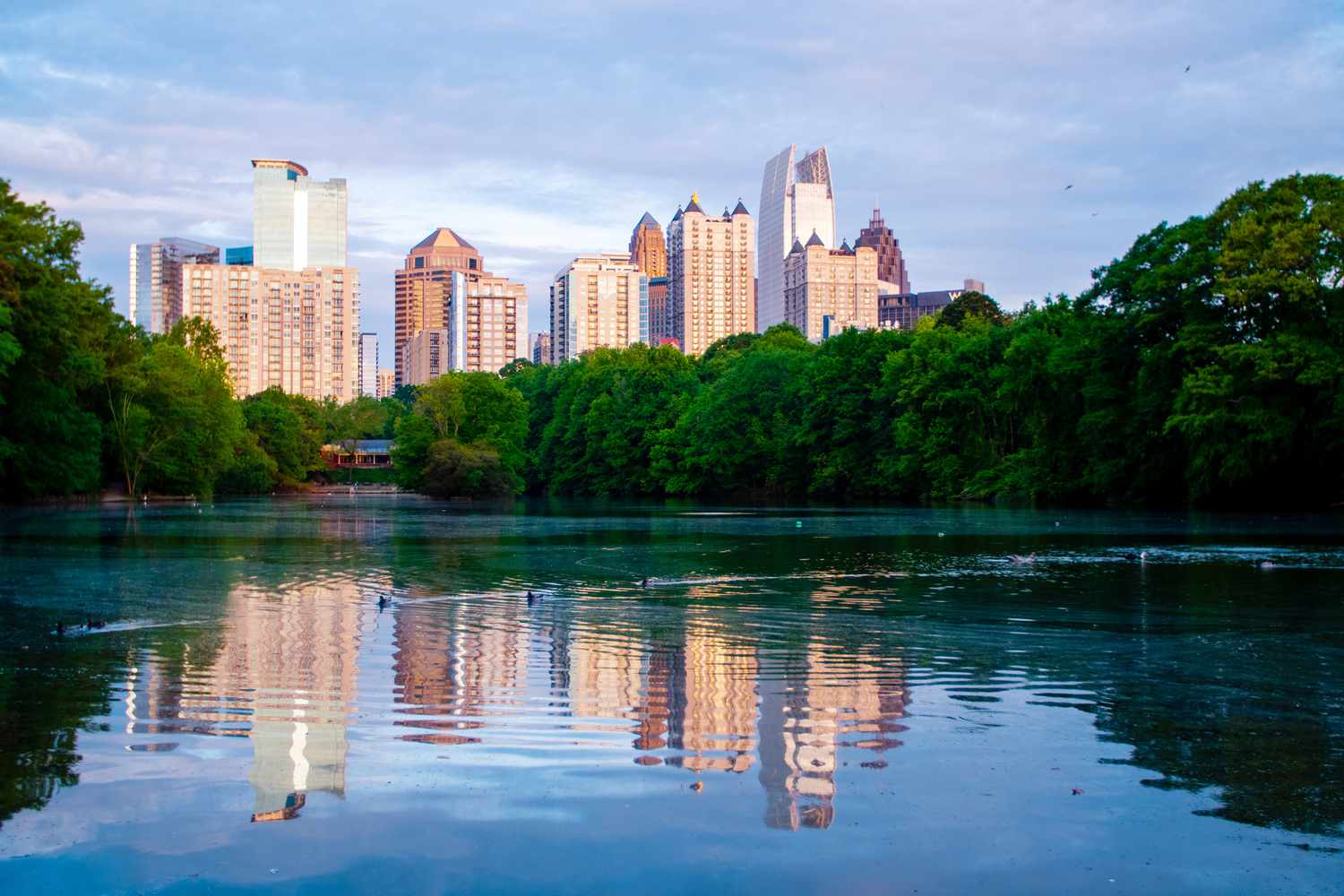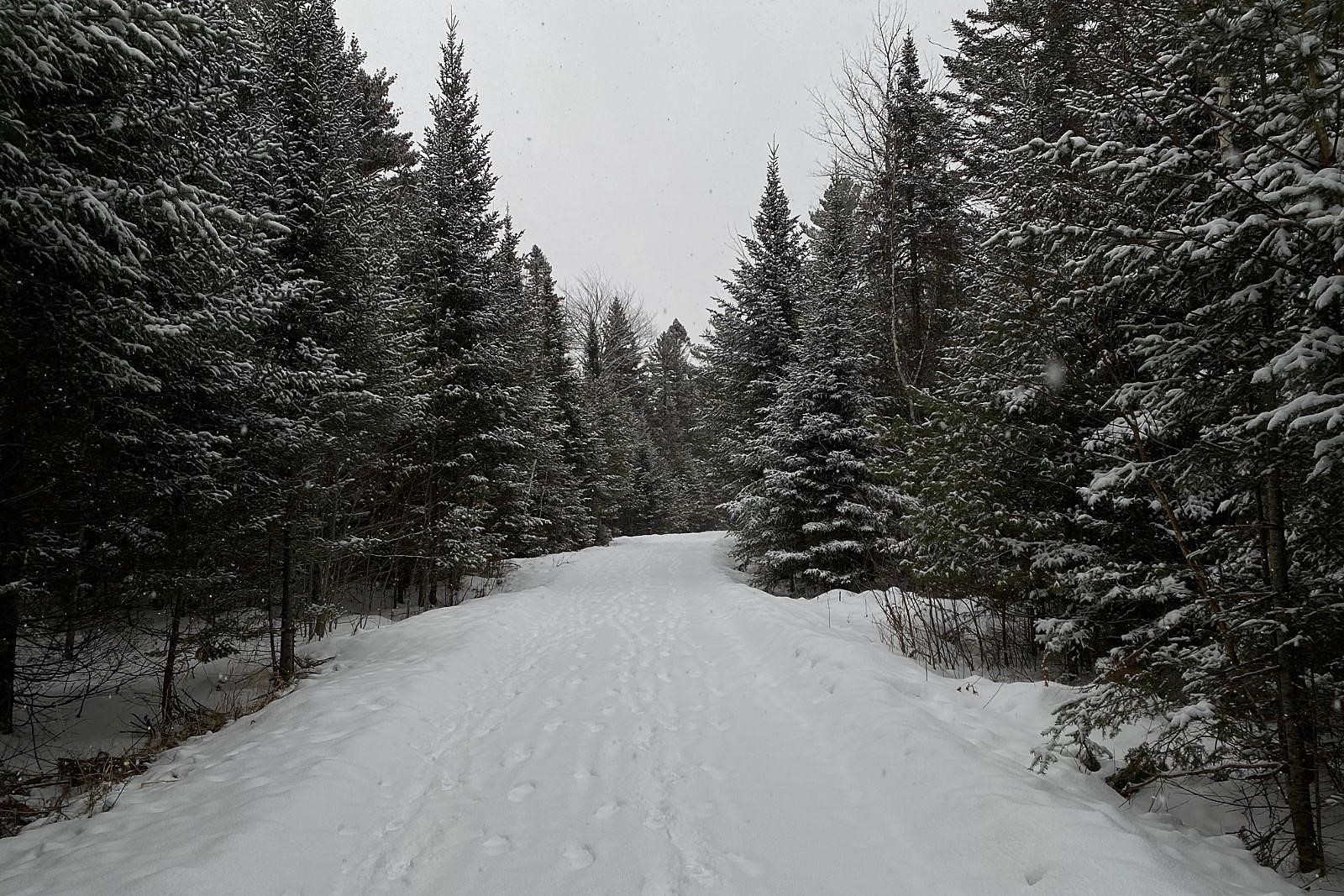Home>Weather and Climate>Reno NV Climate: Average Temperatures And Weather Patterns
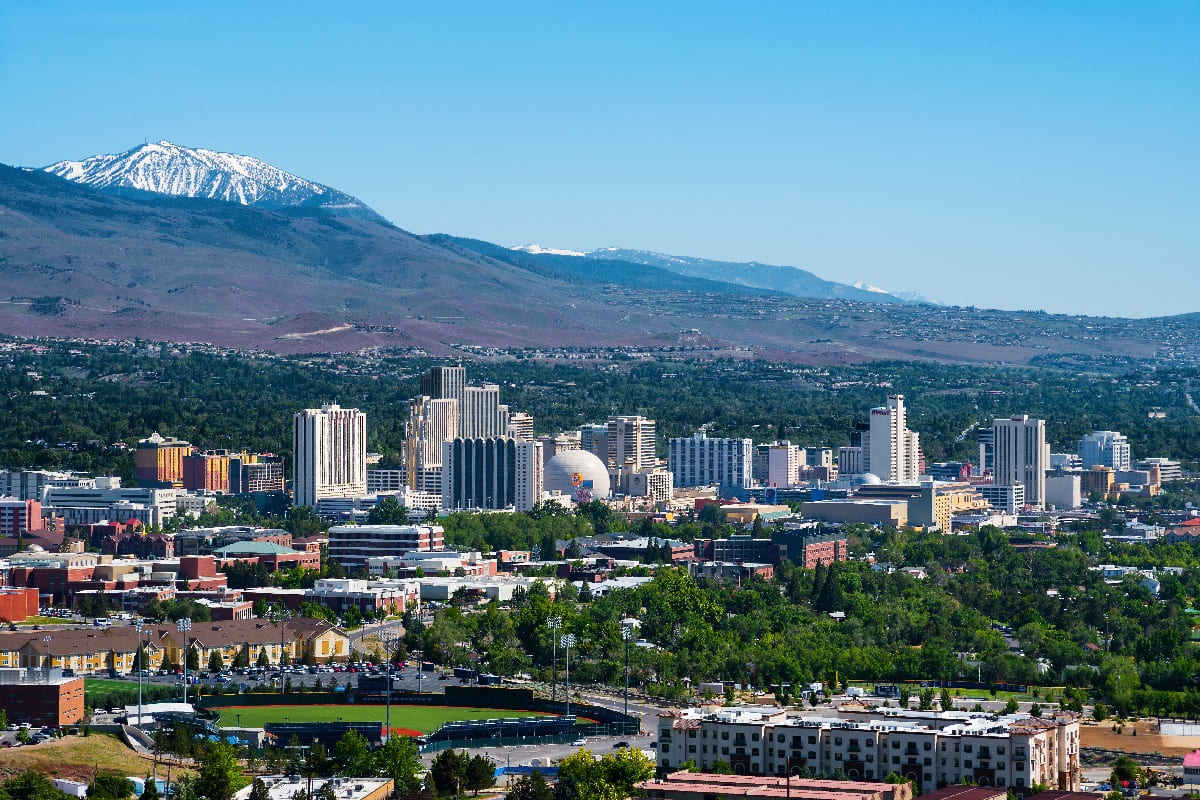

Weather and Climate
Reno NV Climate: Average Temperatures And Weather Patterns
Published: April 4, 2024
Discover the average temperatures and weather patterns in Reno, NV. Plan your trip with insights into the local weather and climate. Get the latest updates!
(Many of the links in this article redirect to a specific reviewed product. Your purchase of these products through affiliate links helps to generate commission for Temperatures.com, at no extra cost. Learn more)
Table of Contents
Introduction
Reno, Nevada, is a city renowned for its vibrant culture, lively entertainment, and stunning natural landscapes. Nestled in the high desert region of the Sierra Nevada mountains, Reno experiences a unique and diverse climate that shapes the daily lives of its residents and visitors. Understanding the climate of Reno is essential for anyone planning a visit or considering making this dynamic city their home.
In this article, we will delve into the intricacies of Reno's climate, exploring its average temperatures, weather patterns, and seasonal variations. By gaining insight into these aspects, you will be better equipped to appreciate the beauty of Reno throughout the year and prepare for the specific weather conditions that define this captivating region.
Let's embark on a journey to unravel the fascinating climate of Reno, delving into the nuances that make it a truly distinctive destination.
Understanding Reno's Climate
Reno, Nevada, is situated in the high desert region of the western United States, where its climate is characterized by a unique blend of arid conditions and mountain influences. The city experiences a semi-arid climate, marked by hot, dry summers and cold, snowy winters. This distinctive climate is shaped by its high elevation, which contributes to significant temperature variations throughout the year.
The high desert environment of Reno is known for its low humidity and abundant sunshine, with an average of over 300 days of sunshine annually. This creates a stark contrast between daytime and nighttime temperatures, with warm days often giving way to cool evenings. The city's proximity to the Sierra Nevada mountains further influences its climate, leading to occasional temperature inversions and localized weather patterns.
During the summer months, Reno basks in warm temperatures, with July typically being the hottest month. Daytime highs often soar above 90°F (32°C), while nighttime lows provide a refreshing coolness. The arid conditions result in rapid temperature fluctuations, making it essential for residents and visitors to be prepared for both the heat of the day and the cooler evenings.
As the summer transitions into fall, Reno experiences a gradual cooling trend, with crisp mornings and pleasant afternoons becoming the norm. This season is characterized by clear skies and mild temperatures, making it an ideal time to explore the city's outdoor attractions and scenic beauty.
Winter in Reno brings a dramatic shift in weather, as the city transforms into a winter wonderland adorned with snow-capped mountains and a festive atmosphere. December through February sees cold temperatures, with daytime highs averaging in the 40s°F (4-9°C) and nighttime lows often dropping below freezing. Snowfall is a defining feature of Reno's winter, adding a magical touch to the city's landscape and providing ample opportunities for winter sports and outdoor recreation.
Spring heralds the arrival of milder temperatures and the rejuvenation of the surrounding natural landscapes. March and April bring a gradual warming trend, with blossoming wildflowers and budding trees signaling the onset of a vibrant and colorful season. The transitional nature of spring in Reno is a time of renewal and outdoor exploration, as the city comes alive with the sights and sounds of nature awakening from its winter slumber.
In essence, Reno's climate is a captivating tapestry of arid conditions, temperature extremes, and seasonal transformations. By understanding the nuances of this unique climate, one can fully appreciate the diverse experiences that each season brings to this dynamic city.
Average Temperatures in Reno
Reno, Nevada, experiences a wide range of temperatures throughout the year, reflecting the city's diverse climate and the influence of its high desert location. Understanding the average temperatures in Reno is crucial for residents and visitors alike, as it provides valuable insight into the seasonal variations and weather patterns that define this captivating region.
During the summer months, Reno basks in warm temperatures, with July typically being the hottest month. Daytime highs often soar above 90°F (32°C), creating an environment conducive to outdoor activities and leisurely pursuits. The abundance of sunshine and low humidity contribute to the sensation of intense heat, making it essential for individuals to stay hydrated and seek shade during the peak hours of the day. As the sun sets, the temperatures gradually cool, offering a reprieve from the daytime heat and setting the stage for pleasant evenings.
In contrast, winter in Reno brings a significant drop in temperatures, as the city embraces the arrival of snow-covered landscapes and a festive ambiance. December through February sees daytime highs averaging in the 40s°F (4-9°C), accompanied by nighttime lows often dipping below freezing. The presence of snowfall adds a magical touch to the city's scenery, creating opportunities for winter sports and outdoor recreation. Residents and visitors alike can embrace the winter chill by partaking in activities such as skiing, snowboarding, and snowshoeing, taking full advantage of the seasonal temperatures to engage in exhilarating adventures.
Spring and fall serve as transitional seasons, offering milder temperatures that bridge the gap between the extremes of summer and winter. During these periods, Reno experiences a gradual shift in temperatures, with crisp mornings giving way to pleasantly warm afternoons. The average temperatures during these seasons provide an ideal backdrop for outdoor exploration, allowing individuals to immerse themselves in the natural beauty of Reno's surroundings while enjoying comfortable and inviting weather conditions.
By gaining an understanding of the average temperatures in Reno, individuals can prepare for the specific climate characteristics that define each season. Whether embracing the warmth of summer, the chill of winter, or the transitional nature of spring and fall, Reno's diverse temperatures contribute to the city's unique appeal and provide a rich tapestry of experiences throughout the year.
Weather Patterns in Reno
Reno, Nevada, is characterized by distinct weather patterns that contribute to the city's unique climate and diverse seasonal experiences. The interplay of geographical factors, including its high desert location and proximity to the Sierra Nevada mountains, shapes the weather patterns that define Reno throughout the year.
During the summer months, Reno experiences predominantly clear skies and abundant sunshine, creating an environment conducive to outdoor activities and leisurely pursuits. The city's semi-arid climate leads to minimal precipitation during this time, with occasional afternoon thunderstorms providing refreshing interludes amid the summer heat. These thunderstorms, often accompanied by gusty winds and brief downpours, add a dynamic element to Reno's weather patterns, punctuating the otherwise dry and sunny days with dramatic displays of nature's power.
As summer transitions into fall, Reno's weather patterns undergo a gradual shift, marked by cooler temperatures and a reduction in thunderstorm activity. The clear, crisp days of autumn offer a delightful contrast to the summer heat, providing an ideal backdrop for outdoor exploration and appreciation of the city's natural beauty. The occasional arrival of high-altitude clouds adds a touch of drama to the fall skies, enhancing the visual splendor of Reno's surroundings and signaling the impending arrival of winter.
Winter in Reno brings a transformation of weather patterns, as the city embraces the arrival of snowfall and colder temperatures. The Sierra Nevada mountains play a significant role in shaping Reno's winter weather, often leading to localized snow showers and enhanced precipitation in the surrounding areas. The city's proximity to these majestic mountains results in occasional temperature inversions, where cold air becomes trapped in the valleys, creating unique weather patterns characterized by fog and low-lying clouds. These atmospheric phenomena contribute to the enchanting winter ambiance of Reno, adding an ethereal quality to the city's landscape and creating a captivating backdrop for seasonal festivities.
Spring heralds the emergence of new weather patterns in Reno, as the city experiences a gradual warming trend and the rejuvenation of its natural surroundings. The arrival of springtime weather brings with it the potential for breezy conditions, as the transition between seasons manifests in the form of occasional gusts and refreshing winds. These weather patterns contribute to the sense of renewal and vitality that defines spring in Reno, offering an invigorating backdrop for outdoor activities and the celebration of nature's awakening.
In essence, Reno's weather patterns are a dynamic tapestry of clear skies, occasional thunderstorms, snowfall, and seasonal transitions. The interplay of these weather patterns adds depth and character to the city's climate, shaping the experiences of residents and visitors alike throughout the year. By understanding and appreciating the diverse weather patterns that define Reno, individuals can embrace the unique charm of this vibrant city and immerse themselves in its ever-changing atmospheric tapestry.
Seasonal Variations in Reno's Climate
Reno, Nevada, undergoes remarkable seasonal variations that shape the city's climate and contribute to its diverse and captivating atmosphere throughout the year. Each season brings distinct characteristics, offering residents and visitors unique experiences that showcase the dynamic nature of Reno's climate.
Summer in Reno is synonymous with warmth and abundant sunshine. The city basks in the glow of long, sun-drenched days, creating an inviting environment for outdoor adventures and recreational pursuits. The semi-arid climate leads to minimal precipitation during this season, allowing residents and visitors to indulge in a myriad of outdoor activities, from hiking and biking to water sports on the nearby lakes. The extended daylight hours provide ample opportunities to explore the natural beauty of the surrounding landscapes, with the Truckee River offering a refreshing respite for those seeking relief from the summer heat.
As summer transitions into fall, Reno undergoes a gradual transformation marked by cooler temperatures and the emergence of vibrant autumn colors. The city's surroundings come alive with the golden hues of changing leaves, creating a picturesque backdrop for leisurely strolls and scenic drives. The crisp, clear days of fall provide an ideal setting for outdoor festivals and events, where residents and visitors can immerse themselves in the rich tapestry of fall foliage and seasonal celebrations.
Winter in Reno brings a magical ambiance as the city embraces the arrival of snowfall and a festive atmosphere. The surrounding Sierra Nevada mountains become adorned with a blanket of snow, offering a breathtaking backdrop for winter sports and alpine adventures. Residents and visitors alike can partake in activities such as skiing, snowboarding, and snowshoeing, immersing themselves in the winter wonderland that defines Reno during this season. The city's vibrant downtown area comes alive with holiday lights and seasonal festivities, creating a cozy and enchanting atmosphere for all to enjoy.
Spring heralds the rejuvenation of Reno's natural landscapes, as the city experiences a gradual warming trend and the emergence of blooming wildflowers. The transitional nature of spring brings a sense of renewal and vitality, with the Truckee River once again becoming a focal point for outdoor recreation and leisurely pursuits. The surrounding hills and valleys burst into a kaleidoscope of colors, signaling the arrival of a vibrant and lively season that invites residents and visitors to embrace the beauty of nature's awakening.
In essence, the seasonal variations in Reno's climate offer a rich tapestry of experiences, each contributing to the city's unique charm and appeal. By embracing the distinct characteristics of each season, individuals can immerse themselves in the ever-changing landscape of Reno, gaining a deeper appreciation for the diverse and captivating climate that defines this dynamic city.
Conclusion
In conclusion, the climate of Reno, Nevada, is a captivating tapestry of diverse weather patterns, seasonal variations, and unique geographical influences. From the warmth of summer to the enchanting snowfall of winter, each season brings its own distinct charm, offering residents and visitors a rich array of experiences to savor throughout the year.
Understanding the average temperatures and weather patterns in Reno is essential for navigating the city's climate and preparing for the specific conditions that define each season. The interplay of arid conditions, temperature extremes, and occasional thunderstorms creates a dynamic atmospheric tapestry that shapes the daily lives and activities of those who call Reno home.
The seasonal variations in Reno's climate provide a delightful spectrum of experiences, from the vibrant colors of fall to the tranquil beauty of spring. Each season invites individuals to immerse themselves in the natural splendor of the surrounding landscapes, offering opportunities for outdoor exploration, recreational pursuits, and the celebration of nature's ever-changing canvas.
As residents and visitors embrace the unique climate of Reno, they are treated to a diverse array of outdoor activities, cultural events, and seasonal festivities that showcase the city's dynamic character. Whether it's enjoying the warmth of a summer day along the Truckee River, experiencing the magic of a winter wonderland in the Sierra Nevada mountains, or witnessing the vibrant renewal of spring, Reno's climate invites individuals to engage with the natural world and savor the beauty of each season.
Ultimately, the climate of Reno is an integral part of the city's identity, shaping its culture, activities, and the daily lives of its residents. By gaining insight into the nuances of Reno's climate, individuals can fully appreciate the ever-changing landscape of this vibrant city, finding joy in the unique experiences that each season brings and forging a deeper connection with the captivating natural environment that defines Reno, Nevada.
